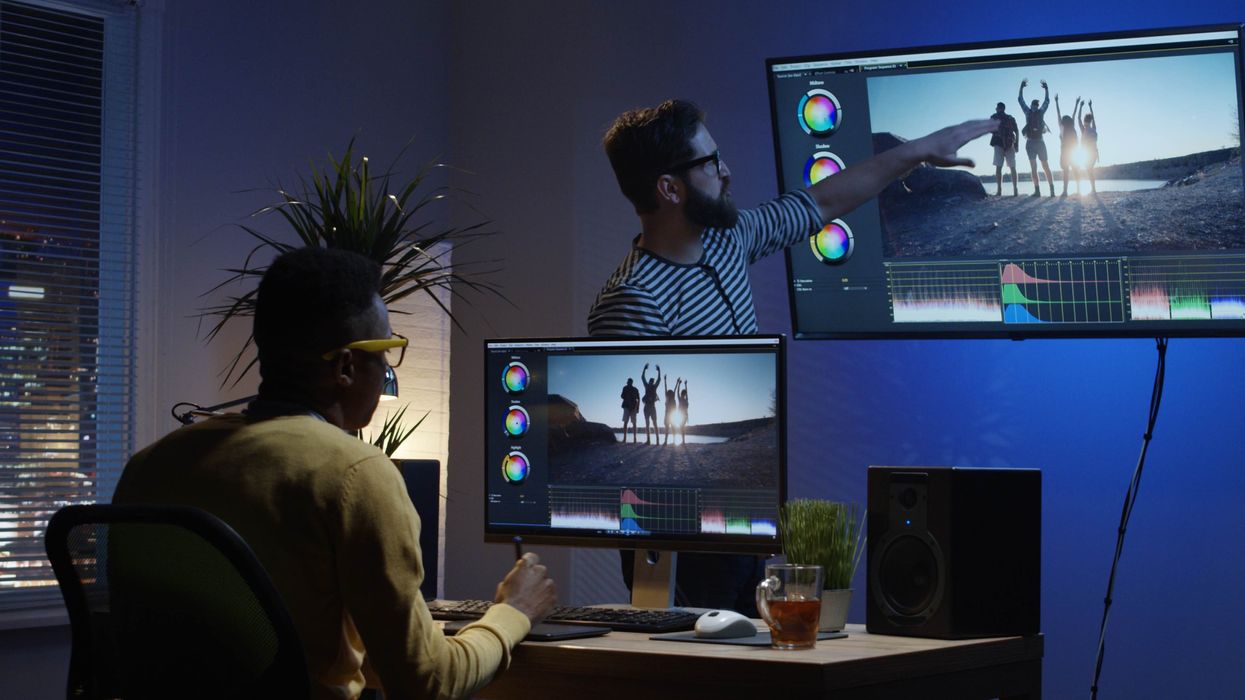What's the Difference Between Color Correction and Color Grading?
Color correction and color grading are two different things and they have a huge impact on your finished product.

If you work in Hollywood you've heard the phrase, "Let's fix it in post." It's a common retort when things go wrong on set. While usually a snarky reply, it puts a lot of faith in the editor to get things right later.
While we try not to fix everything in post-production, just adjust them, some things are always tweaked, like the color.
Color is tweaked by editors and colorists who are employed by the production to finalize the look and feel of a TV show or movie. That can mean adding more blue, orange, saturating, or desaturating the images on the screen.
Plus a lot more intricate decisions. For more on some of those, don't miss our podcast with colorists from Sundance 2020.
Today I want to take you through the basics of color correction versus color grading so whatever you're working on gets the most professional look and feel possible.
Learn The Basics of Color Correction vs. Color Grading
The atmosphere of your movie or TV show means everything. Whether it's the yellow, arid desert in Breaking Bad or the blue hues of the beach in Saving Private Ryan. While a lot of the visuals of these shows are done in-camera, they still need to be perfected later on.
So how do they do it?
What is color correction?
Color correction is the adjustment of white and black levels, exposure, contrast, and white balance. This returns the captured image to the accurate, unprocessed colors of the filmmakers' intent.
Why color correct your images?
The simple answer is "to make them look better."
But it's a little more complicated than that. The point of color correction is to ensure that whatever you do next to the color on screen yields the intended result. You mess with the mood and tone in ways you set out to do, not accidentally.
You also want to solidify the look of your series or film. You want every episode to look similar, and every scene as well.
Color correction provides visual consistency and flow.
What is color grading?
Once your footage is color corrected, it's time to bring it in for color grading. That's where things get more tricky. Color grading is a technical process in which atmosphere and tone are adjusted.
This process brings out what you want, and not what you don't want to tough. It becomes more surgical here.
How do color grading and correction work together?
Both are used to deliver the finished look of a film or TV show. It's not just about that, but also about establishing a standard that can be universally viewed on a projected big screen, a computer monitor, or TV.
What's next? Learn color theory!
Film color palettes might be one of the most underutilized parts of your filmmaking process. It can be the difference between immersing your audience in a world or boring them to tears.
Learn what you need to deepen your understanding of color theory. You can also read about the work of a professional colorist here, along with some advice. Also, want to know how to color grade in Davinci Resolve?
















